COM-B
A powerful framework for making big and small behaviour changes

Behaviour
Capability
Opportunity
Motivation

Psychological
Do they have the awareness, know-how and confidence to perform the behaviour?
Physical
Are there any physical restrictions preventing the behaviour from happening?
Capability
It must be possible for the individual to engage in the target behaviour.

Social
Do the attitudes and opinions of peers encourage or discourage the behaviour?
Physical
Are there tools and technologies that can help facilitate the behaviour?
Opportunity
Our environment must permit us to take part in the target behaviour.

Reflective
Can we help them plan to take part in the target behaviour?
Automatic
Can we alter the decision-environment to make it feel more natural or obvious?
Motivation
We want the target behaviour to feel desirable or natural.

Introducing Behavioural Science
A 5 minute primer on decision-making

Your brain is made of two systems.
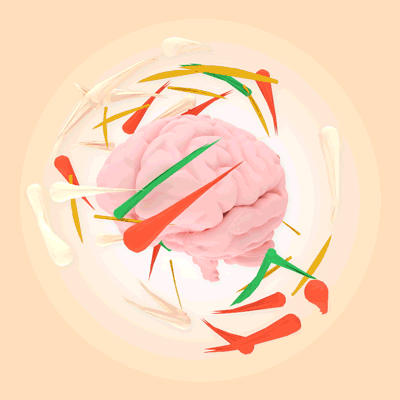

System one is fast, intuitive and effortless.

For example, do you prefer dogs or cats?
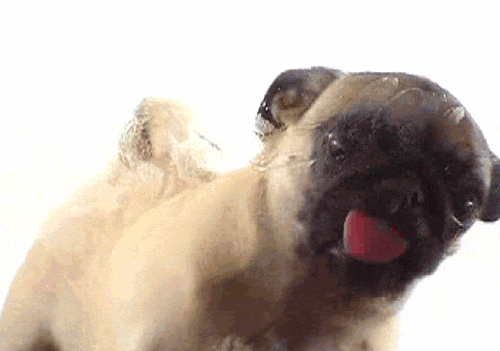
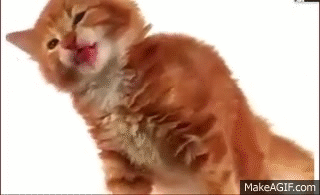

Let's take another example.
Imagine you land on an alien planet and discover two new intelligent lifeforms. Which of the following do you think is called Kiki and which one is called Bouba?

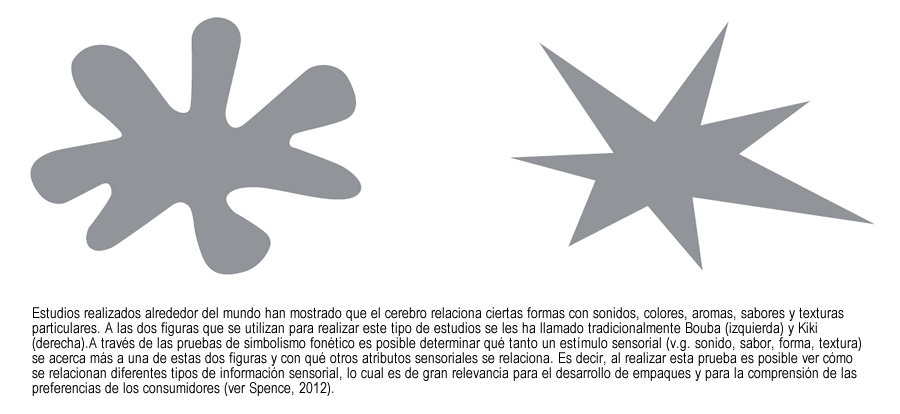
A
B
99% of people across the world choose this...

Bouba
Kiki
With the person next to you, discuss why you think this is
Kiki > Teeth > Bite > Sharp > Kiki

What is 8,992 x 19.86?
Welcome to system two.
A bat and a ball cost £1.10
The bat costs one pound more than the ball.
How much does the ball cost?
Ball: 10p Bat £1.10 Total £1.20
Ball: 5p
Bat £1.05
Total £1.10

Decision making is rarely rational.
Wherever possible, we prefer to use system one.

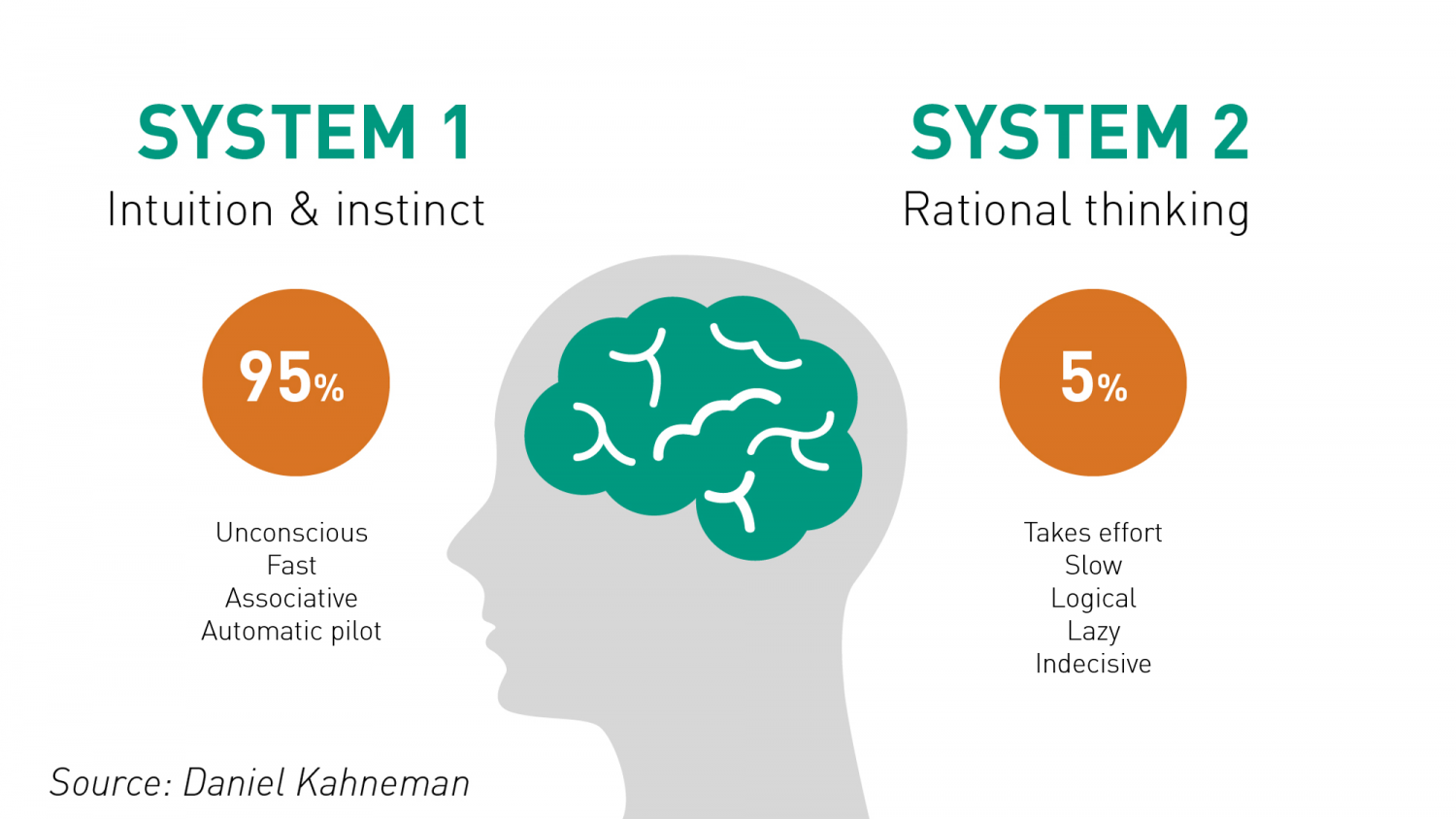
An introduction to MINDSPACE
How to harness System 1 thinking

Messenger
We're influenced by who communicates

How to apply
Enhance the effect of a message by changing the individual or organisation conveying it.
Example
People were more likely to sign up to the Army Reserve when send an email from a real and named officer.
Insight
We are heavily influenced by the perceived authority and trust of the communicator, more than the content itself.

Incentives
We avoid loss before we seek reward

How to apply
Encourage positive behaviours today by moving the costs into the future.
Example
Save More Tomorrow encourages people to commit to future pension increases, instead of increases today.
Insight
We disproportionately prefer rewards that come sooner and costs that are borne later.

Norms
We trust the choices of the group

How to apply
When people are engaging in the behaviour you want, make it visible to everyone.
Example
Telling people who have no paid their taxes on time that most people have paid increased payment rates.
Insight
We use other people's behaviour as a cue for what's acceptable and desirable.

Defaults
We are strongly influenced by pre-set options

How to apply
Change the default choice to encourage more positive behaviour.
Example
Framing alternative choices for disposing of cigarettes lead to a reduction in littering.
Insight
We tend to 'go with the flow' of a pre-set option.
Salience
We take note of the unexpected

How to apply
Make the most important information or required action stand out so that it attracts attention.
Example
Putting a handwritten message on envelopes increased the % of people paying their tax on time.
Insight
Our attention is drawn to what is novel and seems relevant to us.
Priming
Our senses trigger 'patterns of behaviour'

How to apply
Expose individuals to familiar sights, words or sensations that remind them of behaviour from other situations.
Example
People were more likely to wash their hands in a hospital when the smell of citrus was present.
Insight
Our actions are influenced by cues that can trigger 'patterns of behaviour'.

Affect
We seek pleasure and avoid pain

How to apply
Associate your target behaviour with positive emotions or undesired behaviour with negative ones.
Example
Making disposing of waste part of a game decreased the amount of litter people left on the ground.
Insight
Our emotional associations can powerfully shape our actions.

Comittments
We tend to do what we say we'll do

How to apply
Encourage someone to commit to a goal and write it down, then to set a penalty for failing to achieve it.
Example
Smokers who made a commitment to quit (and agreed to forfeit money if they failed) were more successful.
Insight
When we publicly commit to a goal, we are more likely to achieve it, especially if there is a risk of penalty for failure.

Ego
We act in ways that reinforce our self-image

How to apply
Associate the target behaviour with the self-image the person desires in the future.
Example
Showing people photos of the effects of skin damage reduced how much time they spent in the sun.
Insight
We act in ways that make us feel better about ourselves.

Behaviour Design Workshop
A toolbox for creating change

What is our desired outcome?
Which behaviours are necessary to achieve the outcome?
Which behaviours are necessary?
- Write down the desired outcome
- Write down the top 3 people involved in the outcome
-
Brainstorm the actions each person must take to achieve the desired outcome
-
Circle the 3 most important behaviours
What do we know about the target behaviours?
What do we know about the target behaviour?
- Use the COM-B Explorer to build understanding
- Discuss the questions in each window
- Don't worry about ideas yet, just explore what is known
What could we change to encourage more of the target behaviour?
What could we change?
- Individually, take 5 minutes to quickly jot down your ideas
- Use the COM-B Generator and try answering the questions
- Don't worry about MINDSPACE yet
What could we change?
- Individually, take 10 minutes to quickly jot down your ideas
- Use the Mindspace Generator
What do we think the right intervention looks like?
Get feedback from your team
- Review your ideas and select your strongest 3
- Share these with a partner and collect one positive and one negative for each
- Listen out for ways to make your ideas more effective
Create your recommendation
- Review your feedback and select the 3 approaches you think will have the best impact
- Use the Intervention Canvas to capture your ideas
How might you improve the ideas?
- Take a moment to share your Intervention Canvas with your team
- Look for ways to combine ideas and agree a final direction as a team
- Use APEAS to strengthen the intervention
What needs to happen next to launch?
What needs to happen to launch?
- Capture the 3 most important milestones for delivery
- Who is involved?
- What is the sequence?
- How will we measure?
- What happens next?

Any questions?
COM-B & Mindspace Presentation Tools
By Luke Battye
COM-B & Mindspace Presentation Tools
- 109



